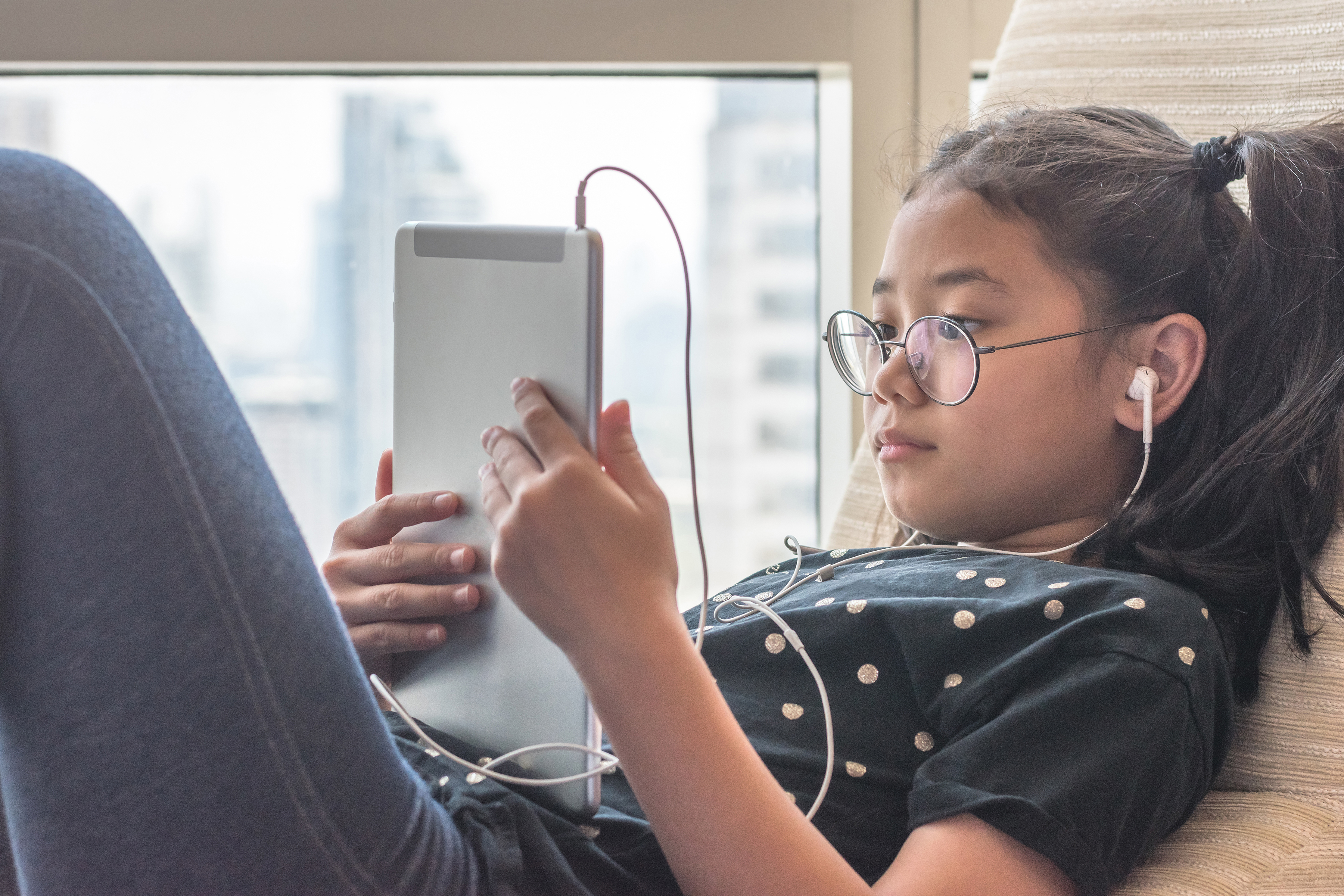Advice secondary menu
Self-generated child abuse material
What you need to know
Self-generated child abuse material means sexual images that are taken by a person of themselves. If these images are of people under the age of 18, it’s considered to be child abuse material.
Sometimes children and young people might refer to this type of content as a ‘pic’ or ‘selfie’, with no reference to the content being explicit.
There are many reasons why children and young people might take sexualised images of themselves and share them.
These include:
- experimenting, exploring their identity or as part a romantic relationship
- being pressured by others
- as a result of online grooming
In some cases, police see cases of younger children innocently curious about their bodies or playing in their environment using a device, with no knowledge of the fact they are uploading images online.
In serious cases, children and young people are being exploited by an adult, a person of similar age or someone who is supposedly a friend. Children can be groomed, deceived or extorted into producing and sharing further content of themselves.
If you or your child discovers sexual content of themselves has been shared online, the eSafety Commissioner can also assist with having this removed. Further information is available here.
Advice for parents and carers
What can I do?
- Check whether the devices your child uses have a camera, web cam or the ability to take images and videos
- Supervise your child while they’re on a connected device
- If your child is using your device or a shared family device, make sure you’ve logged out of any social networking accounts to avoid your child accidently accessing these
- Your child should never send images of themselves to people online they don’t know
Many connected devices now come with an inbuilt camera which can take images and videos.
If your child is in this age group they may be innocently or unknowingly taking photos while playing on a device and uploading this content without realising.
Supervising your child while on a connected device can prevent incidents of them sharing self-generated child abuse material. Be aware of how and where they’re using camera or video functions.
In serious cases, children may be being coerced by others into taking sexual images of themselves or creating child abuse material. The signs of online child sexual exploitation may not always be obvious.
These cases can involve online grooming or sexual extortion and need you to take immediate action.
What can I do?
- Start an open discussion with your child about the content they are sharing online
- Talk to your child about tactics they can use if they are pressured to share personal sexual content
- Encourage your child to question suspicious requests from others online
Self-generated child abuse material can be a complex issue, and there are many reasons why children or young people may be sharing sexualised content with others. Sometimes they may even receive these types of images from others through unsolicited messages, which can be confronting.
If your child is in this age group they are likely to be using social networking and other image sharing services to share content. Help your child develop tactics to respond to requests for images, including saying ‘no’, deflecting the conversation or explaining they aren’t comfortable.
Make sure your child knows how to block and report users who send them unwanted and unsolicited content, and is comfortable talking to you or another trusted adult about this.
If you find your child is involved with sharing sexualised content of themselves, use your judgement and discretion and try to find out as much about the issue as you can through open and non-judgemental conversations.
You should check whether there are elements of online grooming or coercion to produce this material or any signs of online child sexual exploitation. This should be reported immediately to the police.
While these situations can be uncomfortable to talk about, your child’s safety and wellbeing is the priority.
If you or your child discovers sexual content of themselves has been shared online, the eSafety Commissioner can also assist with having this removed. Further information is available here.
Seek advice from wellbeing and support services to help manage the situation.






